City of Lights, City of Bridges, City of Palaces – whatever you choose to call Lucerne, there’s no denying its credentials in the good looks department. Nestling on the shores of the serpentine 30km long and 20km wide Lake Lucerne, the city lies at the crossroads between the Swiss Plateau and the Alps. Mount Rigi and Mount Pilatus alternately hide from, or smile down upon, the metropolis at their feet while in the distance, the perpetual snow peaked Alps entice with their drama.
Think of Lucerne and you think of the River Reuss that flows through the heart of the city, traversed by its iconic wooden bridges and flanked by the frescoed faces of its medieval town houses and market squares. Birthplace of the Swiss Confederation, home to 60,000 inhabitants and host to around 5 million visitors a year, Lucerne’s easy blend of cosmopolitan present and historic past makes it a brilliant city break destination.
Scene Setting
Straddling the River Reuss, many of the town’s historic treasures and its lively markets and shopping are on the north shore, sandwiched between the old walls and the river. Most of the city’s largest and best hotels are on the south side of the river, as is its vast railway station. But the gap between north and south of the river is a mere footbridge long which makes Lucerne an easy city to explore on foot.
Getting There
Budget airlines fly frequently from UK airports, and Swiss airlines fly regularly from across Europe and the US, to Zurich, Geneva or Basel. Train connections to Lucerne take 45 minutes from Geneva, one hour from Basel and 45 minutes from Zurich. High speed rail connections will take you to Lucerne from across Europe, including from the UK by Eurostar. A Swiss Flexi Pass gives unlimited travel on Swiss trains, buses and boats as well as discounted entrance to most museums on 3 to 6 days a month, starting from €211 (£176 $286).
Exploring
Beginning on the south side of the river, the streets that form a triangle bordered by the railway station to the east, the Barnhofplatz riverside to the north and Hirschengraben to the west are where you’ll find an eclectic bag of architectural styles. The city’s KKL Centre (Cultural and Convention Centre) is the most modern building in the city, built in 2000 at a cost of 220 million Swiss Francs, and has a roof with a surface area equivalent to two football pitches. The concert hall holds an audience of 1874 people and has uninterrupted views from every seat in the house.
From the KKL, heading along Barnhofstrasse, you come to the onion domed towers of the richly decorated, Baroque style Jesuit Church (open daily to 6pm) built in 1666 and one of the most important churches in Lucerne. Next door is the Ritterscher Palace or Jesuit College, originally built as a family residence in 1557 for the Lord Mayor of Lucerne. Upstairs are a series of medieval frescoes covering most of the walls of the balcony, depicting the presence of death in life through a macabre dance.
Spanning the river to the right of the Jesuit Church are the endlessly photographed Chapel Bridge and Water Tower. Originally constructed in the 14th century as part of the city’s fortifications and decorated with 17th century panels depicting the history of the city, most of the current structure of the Chapel Bridge is a replacement as the original was tragically burnt down in 1993. Few of the original painted panels remain. The octagonal Water Tower was built in 1300 as a watch tower and after the establishment of the Federation, became a prison. Today it’s owned by a local shooting club who rent out a room for private functions. Nesting in its wooden eaves between April and September are alpine swifts who launch themselves from the roof to fly over the river.
On the far side of the river, head to the city walls for some superb panoramas and the bizarre sight of highland cattle and llamas grazing the steep sided meadows. Those with a head for heights should scale the towers for even more impressive vistas. Returning to ground zero, the labyrinth of streets that run from the city walls to the river are rich pickings for shopping, lunching and exploring. In many of the city’s squares you’ll find ornately frescoed buildings, their images telling the story of the people whose lives have been lived out within their walls.
The frescoes are from the 19th century and were commissioned from the Director of the Art School of Lucerne and his students. Amongst the most notable are the Pfistern guildhall in Weinmarkt which shows its illustrious history from saffron merchants through courthouse to today’s Balances Hotel, named after its former life as a scales of justice. The second of the city’s ancient squares is Kornmarkt with its oddly styled Town Hall which is Renaissance in body with a Swiss farmhouse roof. It’s not a fusion that will light any architectural beacons but it does cope better with the weight of winter snows. The last of the trio of market squares is Hirschenplatz with more frescoed splendour.
It’s a bit of a trek but you really shouldn’t leave Lucerne without seeing the poignant Lion Monument which is 15 minute walk northeast from the river, located in a former sandstone quarry in front of the Glacier Garden. Erected in memory of Swiss Mercenaries, needlessly slaughtered during the French Revolution while protecting King Louis XVI, it was described by Mark Twain as “…the saddest and most moving piece of rock in the world.”
Where to Stay
Think style, comfort and bruised credit card and you’ll be in the right ballpark for many things Lucerne, but its hotels are surprisingly good value for money, particularly given their standard. If you’re going to enjoy a weekend in the city you might as well do it in style and here are my recommendations for places to stay, based on my own experience.
Hotel Continental Park is a chic and stylish hotel designed to meet the needs of both business and leisure users. That means it has fast, free wifi throughout; uncluttered and elegant design, comfortable beds, powerful showers and a perfect central position. It also has an extremely nice restaurant and an excellent breakfast buffet which starts at 6:30am. A double room plus breakfast in December will set you back €170 (£142 $230) per night.
Hotel Astoria was designed by Herzog and De Meuron and is every bit as architecturally exalted as that pedigree would suggest. From its all-glass, geometric frontage and starship lobby to the aching simplicity and comfort of its rooms, when you check into the Astoria you never want to check out again. A double room with breakfast in December will require an outlay of €220 (£184 $298 ) per night but you can get a ‘hot deal’ online for €179 (£150 $243 ) a night. Go for the Herzog and De Meuron design treatment with a design room and it will add another €33 (£28 $45) a night to the bill.
If you’re more of a traditionalist than a modernist, Wilden Mann will suit you down to the ground. Old world tradition and romance are given a comfort makeover in this 16th century former washhouse a few strides away from the river. Gourmet cuisine in the hotel’s Romatik restaurant is the cherry on the strudel. A double room with breakfast in December comes in at €211 (£176 $238) per night.
Nightlife
With a young population and year round visitors, Lucerne’s nightlife really hots up at the weekend. For a nice mix of experiences check out the bar in the Hotel Des Balances in Weinmarkt; the Blue Bar in the Renaissance Lucerne Hotel on Pilatusstrasse; the Jazzcantine on Grabenstrasse which is where the cool cats hang and which has regular live gigs and the Penthouse Rooftop Bar of the Hotel Astoria for cityscapes with your G&T.
If you want to try something a little different, hop on the Night Boat Lucerne for yodelling and river dancing (Swiss style) or check out the city’s latest protégés at the Swiss Folklore Restaurant Stadtkeller where there’s folklore in summer; rock, pop and jazz in winter.
Further Afield
Swiss Museum of Transport
Take a train (8mins on the S3 to the “Luzern Verkehrshaus” stop); a bus (10 mins on bus No. 6, 8 or 24 to the “Verkehrshaus” stop) or a boat (10mins to Verkehrshaus-Lido) to Switzerland’s Transport Museum to explore six, aircraft-hangar sized exhibition halls which follow the development of transport by road, rail, air and water from horse-drawn trams to space travel. Lots of brilliant, interactive exhibits to keep the family fascinated for hours, including the opportunity to Direct, edit and star in, your own TV documentary or to become a human crash test dummy.
Swiss Museum of Transport, Lidostrasse 5; (0041) (0)41 370 44 44; open daily 10am-5pm (6pm in summer); entrance: adults 30 CHF (€24 £20 $33), children (6-16yrs) 15 CHF (€12 £10 $16); 50% discount with a Swiss Pass
Mount Rigi
Take a boat across the lake to Vitznau and ride the cog wheel train to the summit of Mount Rigi for some skiing, hiking or just to take in the extraordinary panorama that stretches all the way to Germany and France.
Andrea (Andy) Montgomery is a freelance travel writer and co-owner of Buzz Trips and The Real Tenerife series of travel websites. Published in The Telegraph, The Independent, Wexas Traveller, Thomas Cook Travel Magazine, EasyJet Traveller Magazine, you can read her latest content on Google+

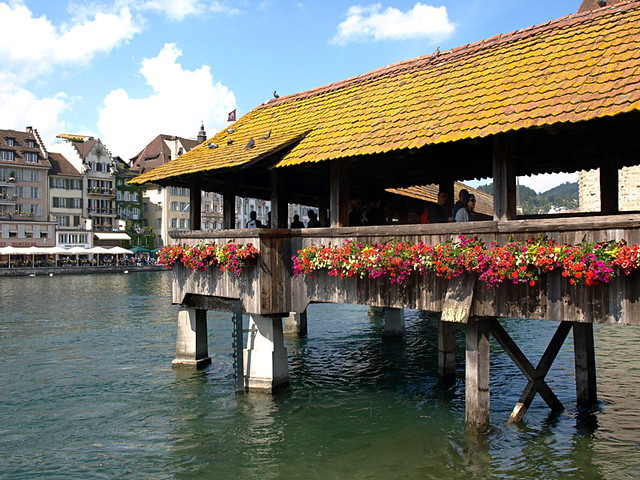

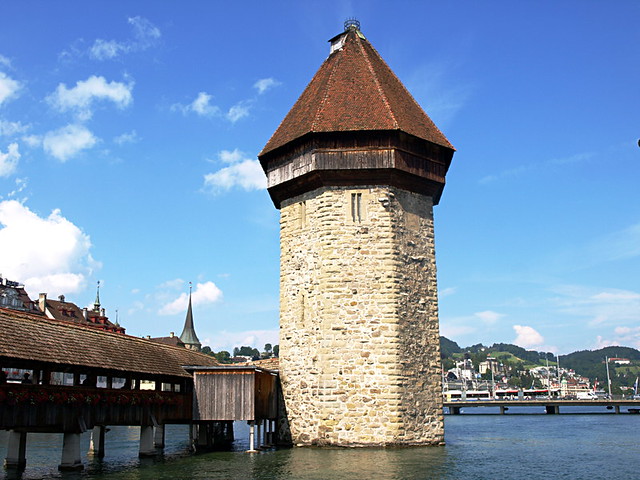
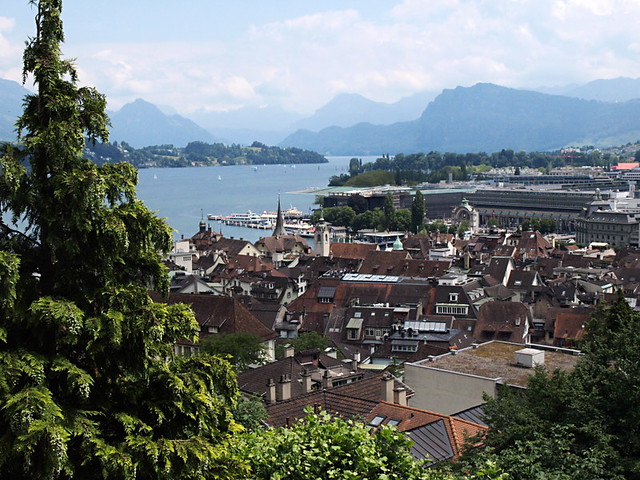
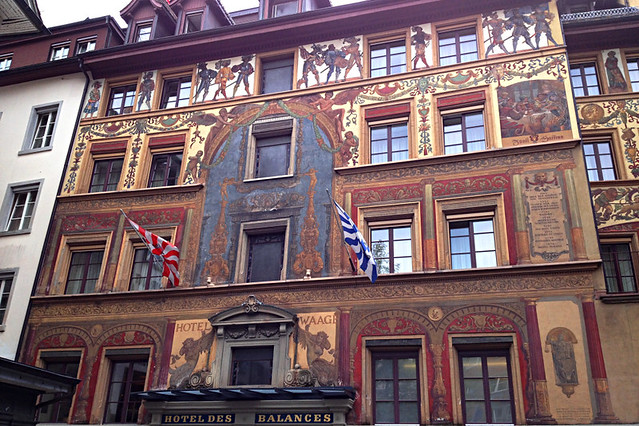
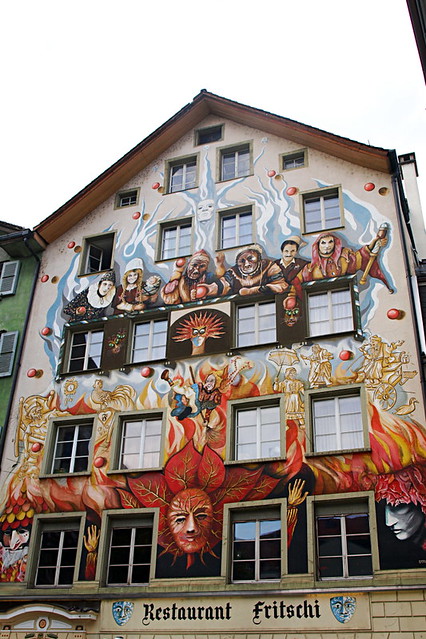
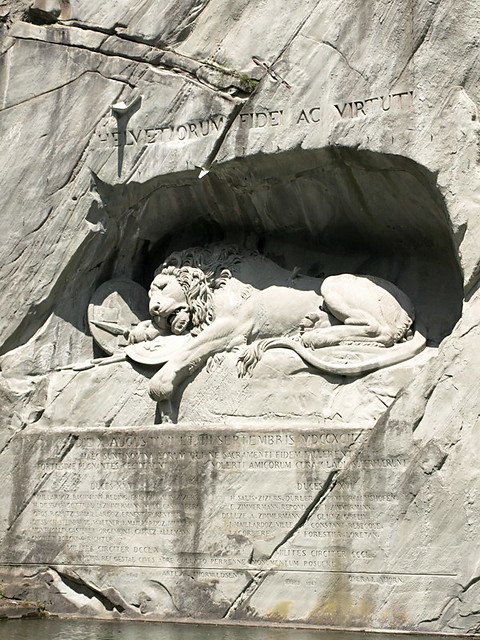
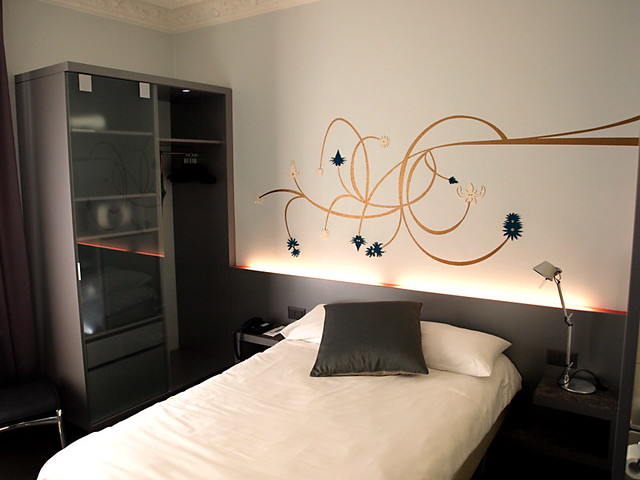
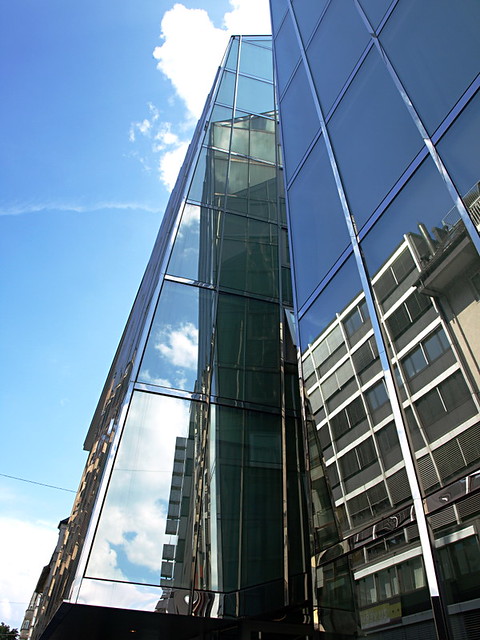

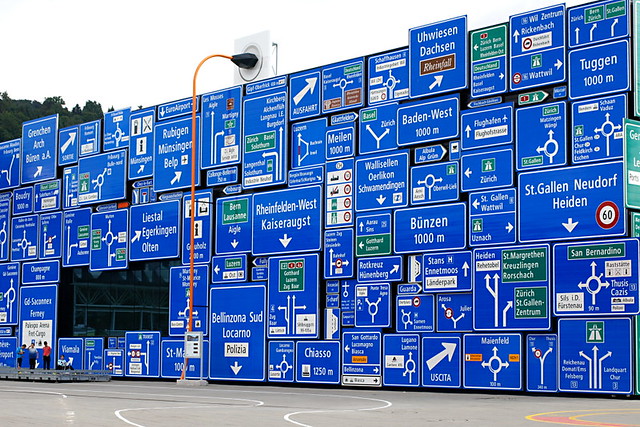



Wow, it looks absolutely stunning. I want to do a hiking trip through Switzerland and I think we’ll have to put Lucerne on our itinerary.
Thanks for sharing your thoughts about city guide lucerne.
Regards